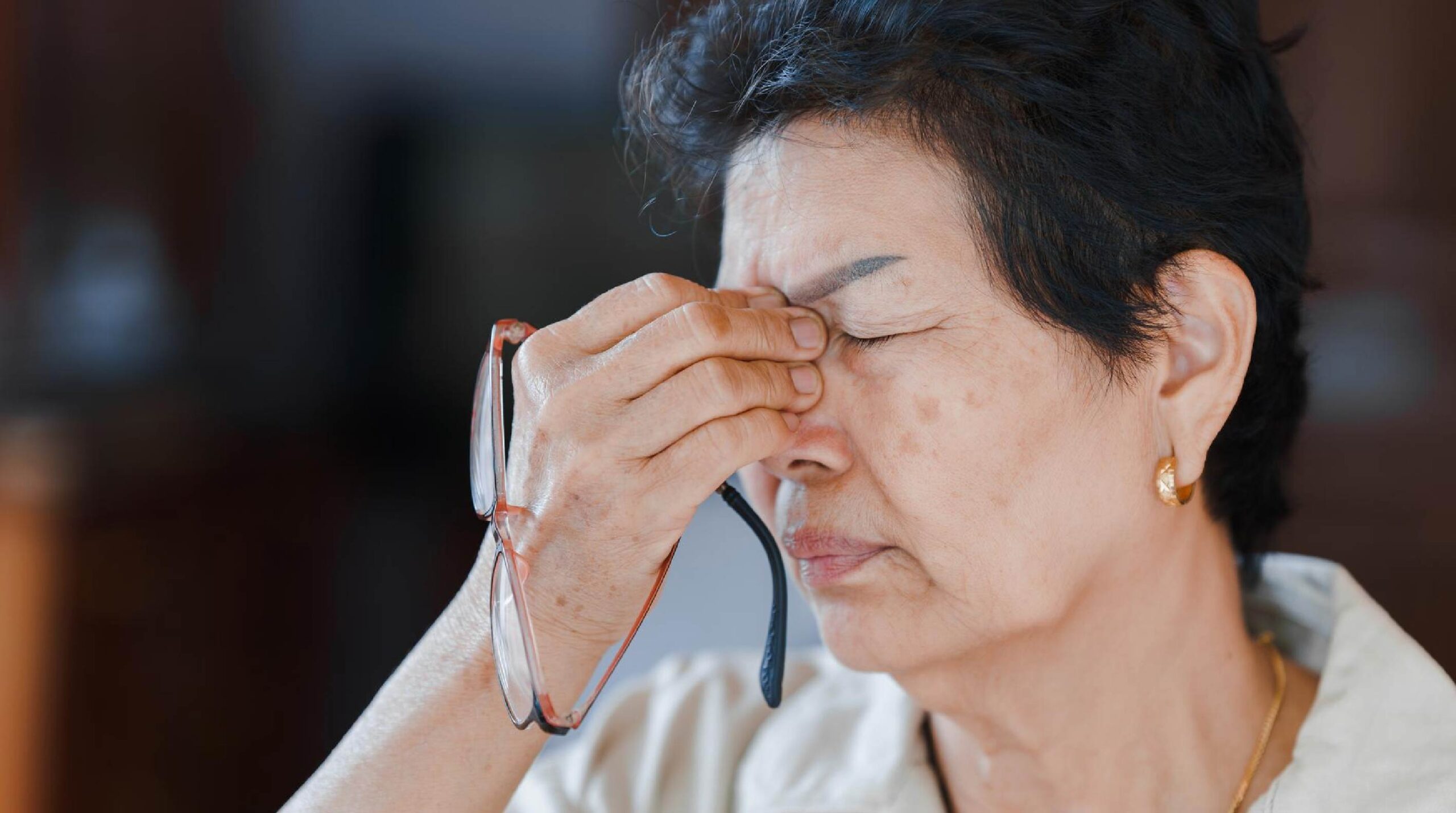
14 Sep A Window into Your Health: Age-related Eye and Vision Problems
As we age, so do our eyes. Gradually, this may lead to vision loss. In fact, most of them who develop low vision are over 65 years old. Nowadays, vision loss among elderly is a major healthcare problem. 285 million people are estimated to be visually impaired worldwide.
Eye Disorders associated with Aging
| Cataract Clumps of protein start to cloud on eye lens that reduces the sharpness of the image reaching the retina. |
|
| Cause: Clouding of eye lens
|
View: Blurred or “filmy” vision
|
| Age-related Macular Degeneration (AMD) It gradually destroys sharp, central vision that is needed for seeing objects clearly. |
|
| Cause: Retina disease
|
View: Central vision loss
|
| Glaucoma It can damage the eye’s optic nerve due to high pressure in the eye. |
|
| Cause: Increase in eye pressure
|
View: Peripheral vision loss
|
| Diabetic Retinopathy It occurs when diabetes damages the tiny blood vessels inside the retina. |
|
| Cause: Diabetic with long-term uncontrolled blood sugar
|
View: “Spotty” vision
|
| Dry Eye Dry eye can make it more difficult to perform some activities such as reading for a extended time. |
|
| Cause: Inadequate amount of tears
|
View: “Burning” feeling, pain and redness
|
Symptoms of Vision Loss
- Falling
- Squinting or tilting the head when trying to focus
- Knocking over objects
- Discontinuing everyday activities such as reading or writing
- Stepping hesitantly
- Missing objects when reaching for them
References:
- National Eye Institute (NEI)
https://nei.nih.gov/healthyeyes/aging_eye - National Health Service (NHS)





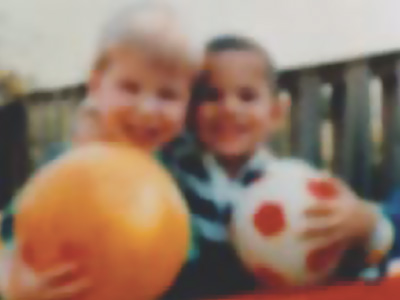
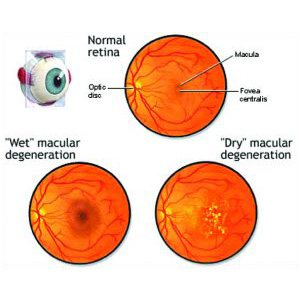

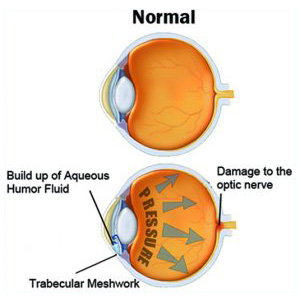
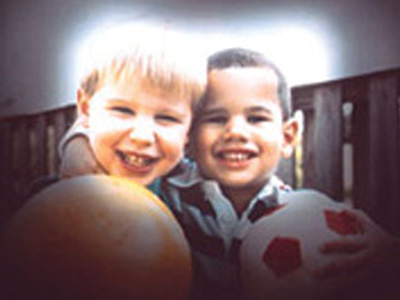
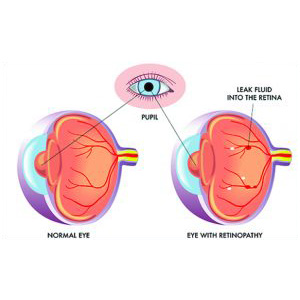

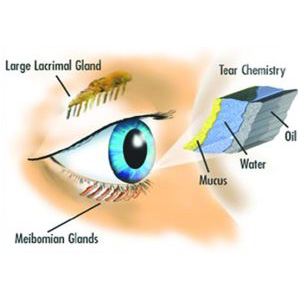
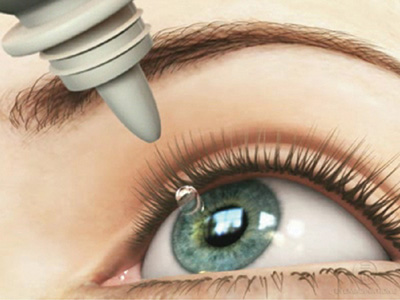
No Comments